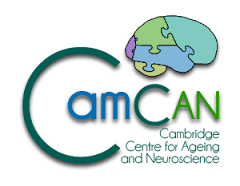CBSU bibliography search
To request a reprint of a CBSU publication, please
click here to send us an email (reprints may not be available for all publications)
The emergence of jargon in progressive fluent dysgraphia: The widening gap between target and response
Authors:
GRAHAM, N.L., PATTERSON, K. & HODGES, J.R.
Reference:
Cognitive Neuropsychology, 18 (4) 343-361
Year of publication:
2001
CBU number:
4153
Abstract:
This paper presents a long-term follow-up study of a dysgraphic patient reported in an earlier paper (Graham, Patterson & Hodges, 1997) . FM developed "jargon dysgraphia": in writing to dictation, she fluently produced well-formed written output consisting of pronounceable neologisms which, over time, bore a progressively weaker resemblance to the target words [e.g., scribe -> SCRIPE (January 1992), -> SRIME (November, 1994), -> BRINCE (August, 1996), -> MEATH (November, 1997)]. Although this spelling disorder has been (rarely) reported in patients with stable brain lesions, this is the first time that it has been documented in the context of progressive disease, a situation which provided a unique opportunity to document its characteristics at different stages. Longitudinal results from a spelling-to-dictation task showed that FM was, for a time, able to activate at least partial orthographic information, even after her overall accuracy (assessed in terms of the number of words spelled completely correctly) had reached the floor. For example, her error responses were correlated in length with the targets, and contained a larger than chance number of letters which overlapped between target and response. Ultimately, FM's spelling responses had no detectable similarity with the targets, although they remained word-like in that they were pronounceable and contained few illegal letter combinations.

 MRC Cognition and Brain Sciences Unit
MRC Cognition and Brain Sciences Unit

